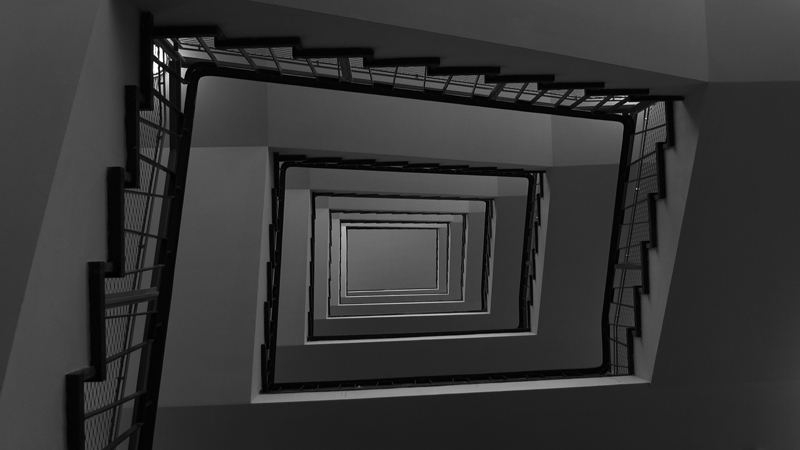Thinking of an analogy to describe this small selection of Lina Selander’s short films, photographs and installations brought to my mind a hand of cards. Each individual work (card) has its own significance, but can appear more than once within the exhibition (card game). And how these same works are reedited (how cards are added, taken away and shuffled) affects the overall impression (the meaning of that hand). Alright: it’s a bit of a clumsy parallel. Nevertheless, these notions of repetition, shuffling and reediting are key to the nuanced excavations of film and the photographic image as the recording devices of history that Selander (Sweden’s representative in Venice) undertakes.
A rhythmic montage of still and moving, existing and original images, sounds and silence, the 22-minute film Silphium (2014), made with Oscar Mangione, takes its title from a medicinal plant, native to the ancient Greek settlement of Cyrene in North Africa. Exploited to extinction, the plant only survives as an image on coins. As Selander’s camera pans across photographs of these coins in a book, there is an awareness of embossed impressions of something once alive long ago, captured in a photograph in a different time, which has in turn been animated at a still later date, on film. These opposing motifs of visible and invisible, alive and dead, and of a general collapsing of time, also repeat – in blurry action glimpsed through spyholes, reflections of leaves on a pond, a bare and abandoned Christmas tree. Chris Marker’s seminal time-travelling tale La Jetée (1962) is more than an acknowledged influence, with whispered snippets from its soundtrack included in Silphium’s audio, as if bits of La Jetée itself had travelled through time.
There are more wormhole effects in the film Model of Continuation (2013). With the viewpoint from a camera set up in a photographic studio, pointing at an infinity curve, onto which is projected an edit of another of Selander’s short films, To the Vision Machine (2013), the viewer is presented with a film within a film on a screen within a screen. The montage of footage in To the Vision Machine focuses on imagery documenting the aftermath of Hiroshima, and the effect of the bomb’s nuclear explosion as a giant camera flash, recording an imprint of the city as it destroys it. Flora is a strong presence here too, with plants taking on a poignant role as history’s silent witnesses.
In the one new work here, To the Vision Machine appears again, playing on an iPad, in Open System – Working Archive (2015), a vitrine containing, among other things, a silphium depicting coin and a stack of photographs that appear in yet another of Selander’s previous films, Anteroom of the Real, (2011).
Silphium and Model of Continuation were first reviewed in these pages when they were shown at Kunsthall Trondheim last year, but another context adds a new work and another layer. These repetitions and reworkings remind how we access history by repeatedly tunnelling into and representing records of the past, and bring to mind another analogy, not so much wormhole as down the rabbit hole.
Read our Venice Questionnaire with Lina Selander, about representing Sweden at this year’s Venice Biennale.
This article was first published in the May 2015 issue.
